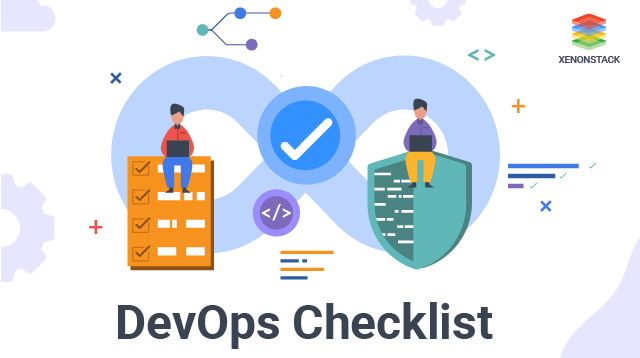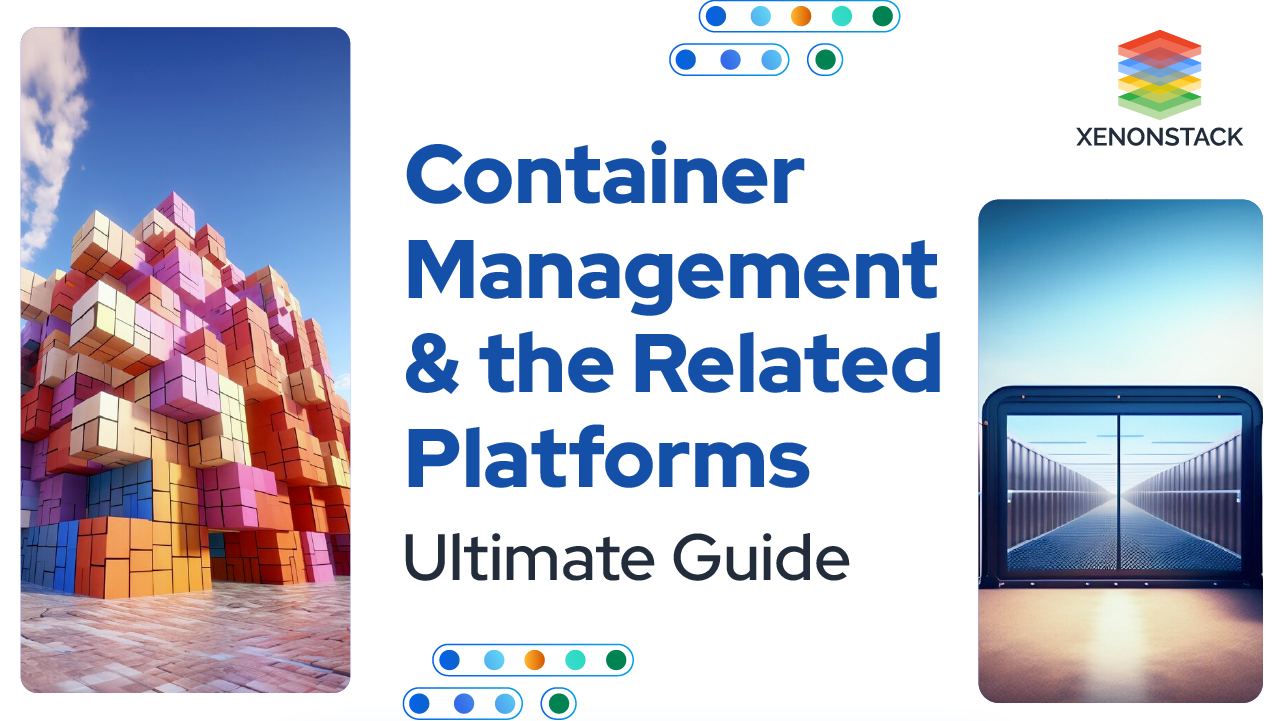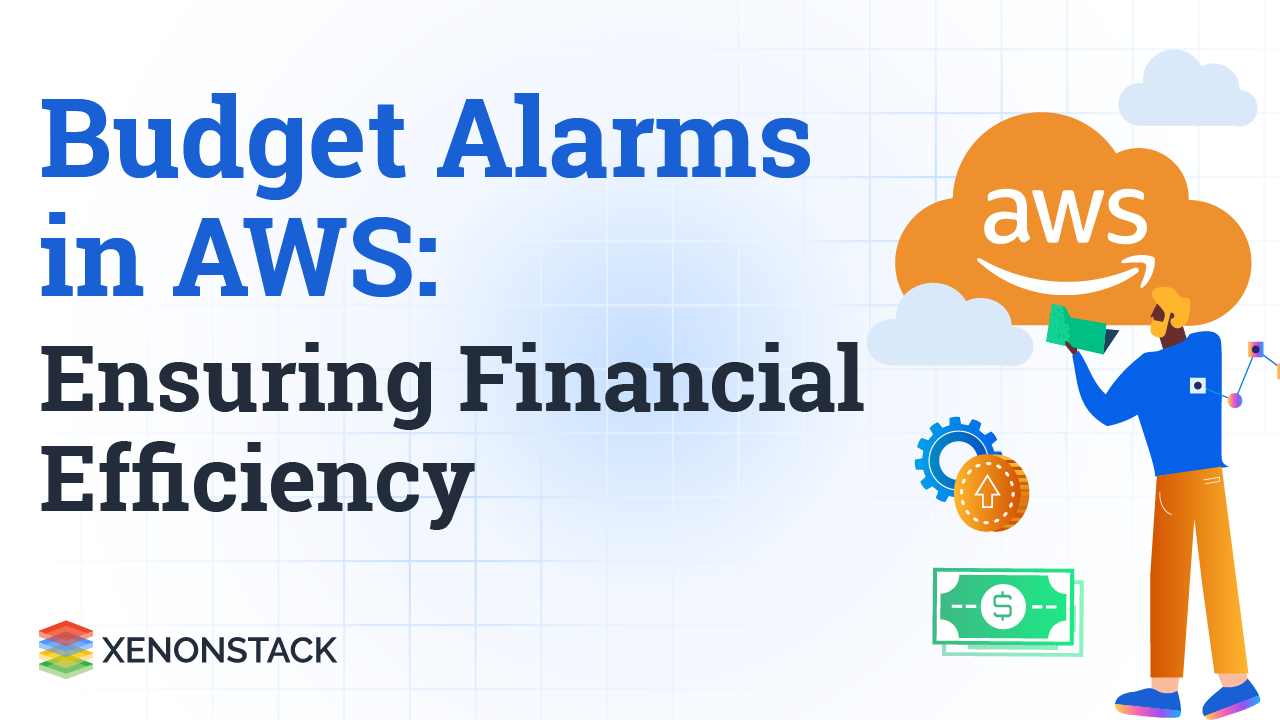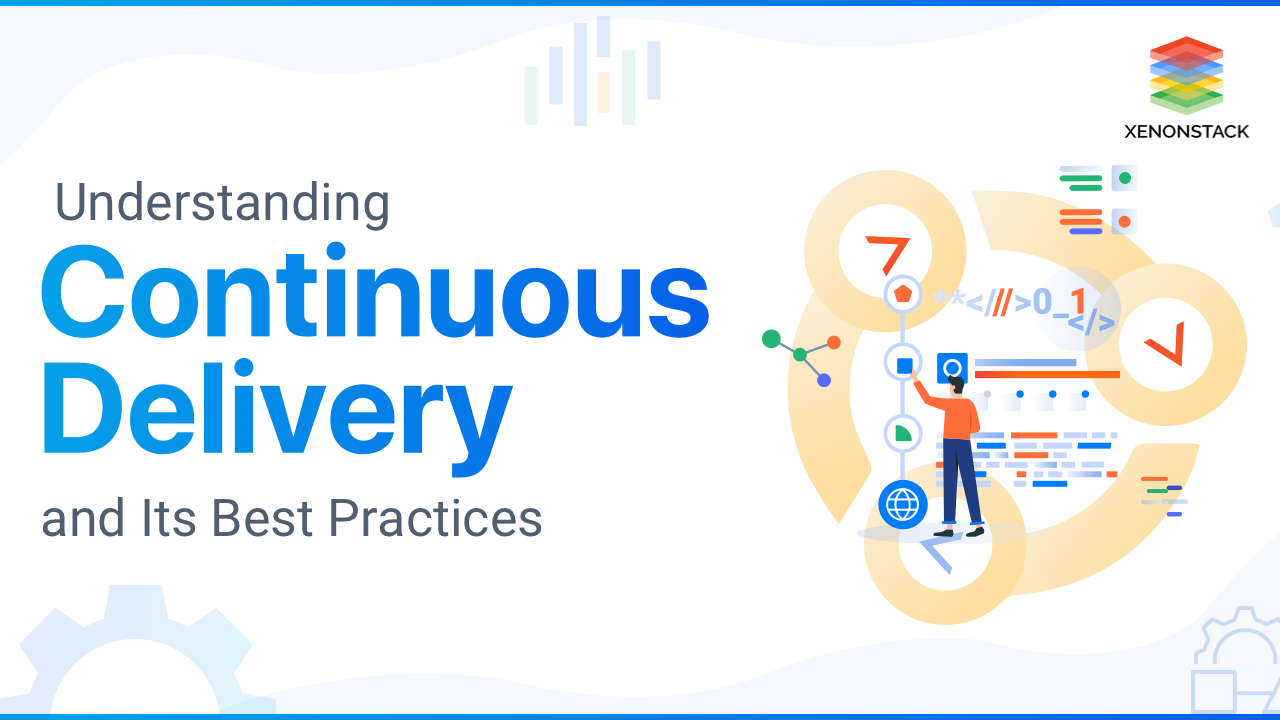
Introduction to DevOps
DevOps is a culture that requires suitable practices and a new vision. Its vision is to unite people and organisations around unique objectives. It includes cultural practices and tools that increase an organisation’s ability to deliver services at high velocity. It helps in improving products at a faster pace. Following best practices can not only leverage the company’s growth, but it allows organisations to be competitive in this fast-changing world. Let us start from the beginning with why devops is even important and then we go through the DevOps Checklist that your organization can benefit from.Assessment for DevOps enables your organization to identify the new opportunities where you can use it and its associated technologies with the greatest business impact and ROI. Take the Assessment
Why does DevOps matter?
Software and the Internet have changed the way how almost every sector of the world works. Organizations/companies do the Delivery of the software after interactions with their customers that are delivered as online services on nearly all devices. Similarly, IT organisations have transformed how they design, build and deliver products using automation which has given them high velocity, excellent productivity and high growth. Thus companies in today’s era must transform how they develop and provide software but not limited to software; instead, every organization must iterate to make their culture better.
DevOps Checklist for Enterprises
Below highlighted is the DevOps checklist:
Cultivate a culture of Continuous Experimentation and Learning
So our DevOps Checklist is Continuous Experimentation. In the ever-changing technology world, where new Technologies/Ideas pop up every day. Your organization must keep on iterating, experimenting, and learning. Stay Up to Date while keeping along with previous experiences is the new “mantra” for organisations.Cross-Functional Team to lead the Change
A cross-functional team is people with different expertise working together to fulfill a common objective. The growth of self-directed cross-functional teams has always influenced decision-making processes and organizational structures. So make sure you have a cross-functional team. Diversity in expertise can lead an organization to the peak of successFostering Customer-Centric Culture
Nobody knows better how the product should be than a customer. To build customer Oriented culture, you must understand what product customer wants than having your product-centric approach for being competitive. Hire people who fit with customers’ understanding and not only tell new products and releases. Don’t make your product by just using new technologies instead try to make it best with the customer’s viewpoint, because at the end customer matters. Nobody wants to build a product that no one uses.Alignment with Business Goals
Make your Team understand organization goals. Align your Team to work collectively, share ideas, build, and iterate for a common objective because if your Team is scattered and doing different things, it is going to affect the timelines of your projects and ultimately lead to a downfall in the company’s growthExamine and understand your Software Life-cycle
Focus on how your software product is getting built. Is it getting needed attention and Reflection? Monitor how much time Software Development Cycle takes. If it takes more time to research the issues and improves them for the future. Software life-cycle affects the growth of an organization.Containers are a seamless way of designing, testing, deploying software from a developer's computer to a production environment. Click to explore about our, Role of Containers in DevOps
Exercise Source Control and Revisions
Source control is critical to your success. Using it helps facilitate collaboration and accelerates release. Source control is tracking versions/changes for code, repository. There are many tools for source control in the market like SVN, Git, Mercurial Using tools can help with better productivity and secure collaboration between teamsAutomation for making Developer's Life Easy and faster deployment
We are not automating our software if we still have the human factor involved. Building and deployment of code should not be only the art of engineers; it is something that can be automated and make developers life easy and production a faster process. With tools like Jenkins and their ever-releasing plugins, it has made it easy to automate builds.Use Continuous Integration
Continuous Integration is a methodology where developers frequently integrate code into a shared repository. Every time you push your code, automatic builds and automatic tests can be run on your code. Does not that sound like everything is automated, the real example of automation? If you have worked with GitLab CI/CD, you would know that we can automate tests and builds so that we can find bugs at very early stages and our code stays deployment-ready now and then. You don’t have to worry about getting messed up at later stages as you are doing it every time now and then after pushing the code. Thus Continuous Integration gives you the power to keep your software always deployment readyThe procedure of executing automated tests as part of the software delivery pipeline to acquire immediate feedback on the business risks. Click to explore about our, Continuous Testing
Use Continuous Delivery
Continuous Delivery is a process in which software teams make production-ready software, and they are continuously deployed to verify their workflow when they would be released. It aims at building, testing, and releasing software with higher frequency. Also, it helps in reducing time, cost and helps you make your software always production-ready. Additionally, it helps teams in finding bugs earlier before releasing it whether the bugs can be some issue in design or some code error or wrongly produced data. It can help you get an overview of how your software will look when released and how well it works after integrating.Use Continuous Feedback
A significant factor affecting the growth of an organisation is how strong its feedback mechanism is, that how serious feedback matters to them and do they value them to iterate and remove errors. Everyone would agree to this fact every stage of life be it human or software feedbacks have made us better. In IT Organisations to achieve a high velocity of workflow, the feedback loop between development and ops team must be strong. Not only limited to Devops Feedback loop must be strong in every organisation. An essential factor for the growth of any organisation is to get feedback and keep iterating.Document Everything
What makes the last point in our DevOps Checklist? Document Everything. In the midst of all this don't forget to document everything. Now you must be wondering what is everything. Tools, process, tasks are that manual and automated, changes that are done in code, recovery process and for code make sure the meaningful comments are maintained.Conclusion
Development, Growth and Learning is a continuous process. These checklist points are not static. With this changing world and fast-growing technology, everything must evolve while keeping old experiences handy. Thus make sure you are walking along with this growing Tech world. Allow you, Teammates, to bring new ideas to you. Never hesitate to adopt a change or test uncertainty. Open the doors of your organisation for iteration. Read Next.
- Discover more about Best Practices for Enterprise DevOps
- Click to explore the Role of Agile in DevOps – Why it Matters?


